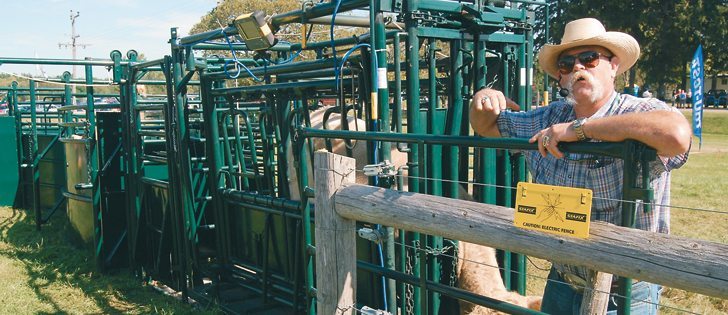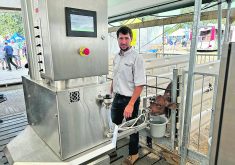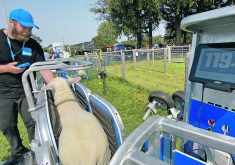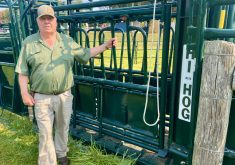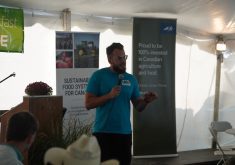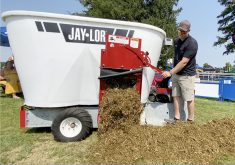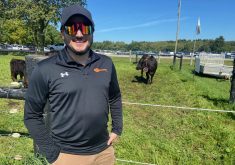WOODSTOCK, Ont. — After years of stagnation, Ontario’s cattle industry appears to be on the rebound.
Dan Ferguson, manager of producer relations at Beef Farmers of Ontario, said there are now just 275,000 beef cows in the province, down from 400,000 immediately before BSE was discovered in Canada in 2003.
Ferguson said his organization has been conducting workshops geared to younger producers, who are often accompanied by their more cynical fathers.
Judging from the overall interest expressed at these meetings, cow numbers seem poised to increase, he said Sept. 16 at Canada’s Outdoor Farm Show in Woodstock.
Read Also
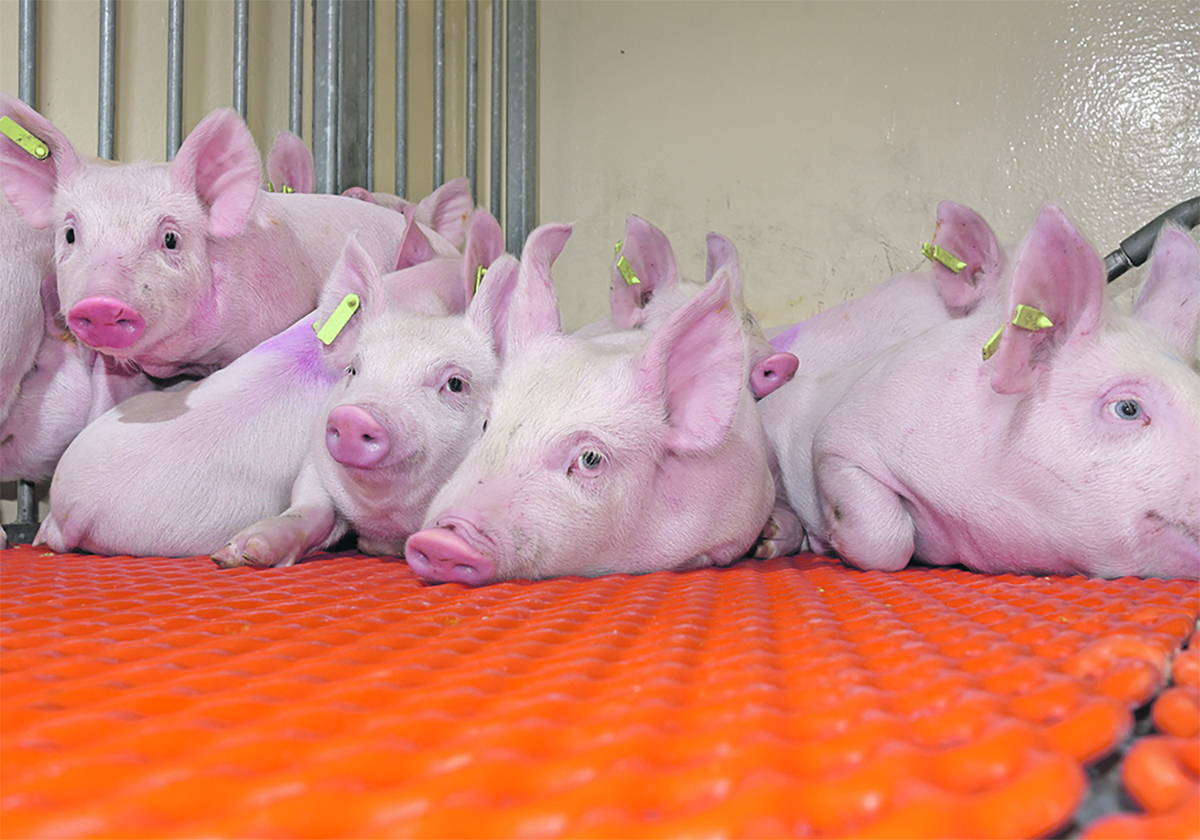
The Western Producer Livestock Report: July 17, 2025
U.S. hogs averaged $106.69 on a carcass basis July 11, down from $110.21 July 4.
“We asked the question, ‘who in the room would consider adding another 10 heifers to their herd,’ and about two-thirds of the guys put their hands up.… Five years ago they would have been looking at cash crops,” he said.
“We could increase the cow herd by a 100,000 in a fairly short time.”
Statistics Canada reports that cow numbers have decreased to 3,792,000 in mid-July from 3,831,000 in January.
Pierre Charlebois, who keeps 40 cows in eastern Ontario, said he’s been holding back five or six heifers for the past couple years and is motivated by more than just price.
“Keeping cattle gives me piece of mind. When you’re in the field, no one’s bothering you.”
Tim Prior, owner of Brussels Agri-Services, also feels there’s an up-swing of interest in Ontario’s cattle industry.
“There’s a lot of talk about guys getting into it, more than for a long time. The prices are nice.”
Jason Williams, a Saskatchewan resident and sales representative for the Tru-Test line of weighing and electronic identification equipment, was also optimistic.
“We have the highest prices ever,” said Williams, who rents pasture at his farm south of Saskatoon. “The problem with extreme high prices is that producers tend to want to sell everything they have, but there are more people retaining heifers.”
Another equipment dealer, who did not wish to be identified because of his Old Order Mennonite beliefs, said there was an opportunity to make money finishing cattle when prices first increased, but now margins are tight. It’s the cow-calf operators who have the greatest opportunity, he added.
“Calves are too dear. We need more cow-calf operators,” he said.
Then, upon further consideration: “They do need the prices they get now to make up for the last 10 years of working for nothing.”
However, Joyce Feenstra, a director with the Veal Farmers of Ontario, said it’s tough times for Ontario’s veal producers. She said the high cost of bob calves bought at a few days of age is a challenge.
Veal producers compete in the market with beef producers, who can raise their animals to 1,500 lb. Grain-fed veal calves are sent to slaughter at 650 to 700 lb. and milk-fed at 550 lb.
“We didn’t buy any bob calves when they were $800. Our limit is $450. Now they’re selling for $400 to $500,” Feenstra said.
“If it wasn’t for the risk management program, I don’t know how we could keep going.”



